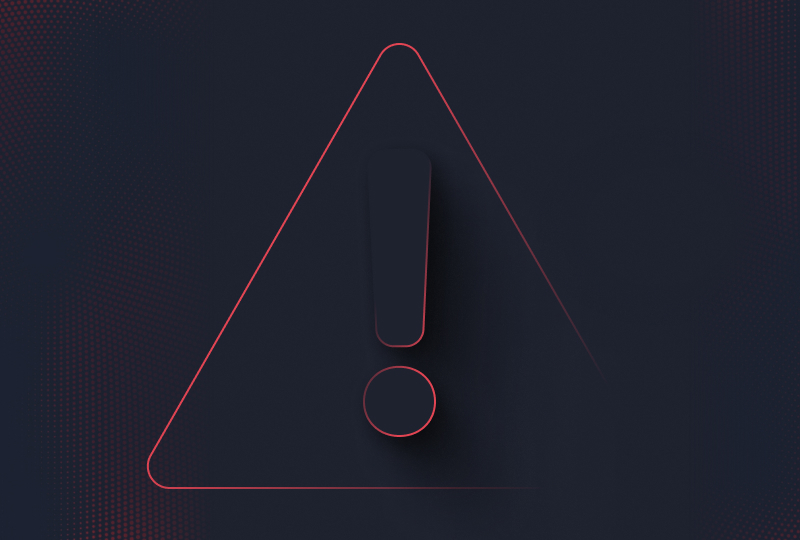2020-12-18

SaaS Customer Onboarding

7 min read
As you start building your SaaS company you think, eat and dream about acquiring new customers. You make cold calls, you send thousands and thousands of emails, you demo your product, you pitch left and right and eventually you start hiring while you hustle trying to survive.
So yes, without a new business sales methodology and a product-market fit you won’t scale your SaaS business. But at the same time, you know that sustainable SaaS growth comes from maximizing the lifetime value of existing customers - and that’s where customer onboarding comes in!
In this article, we will talk about how the onboarding phase is, arguably the most critical phase, and how a positive onboarding experience has a direct impact on a long-lasting relationship between your customer and your company.
So what is customer onboarding?
Most SaaS companies have an onboarding phase of some kind. It can vary between organizations and it is very much dependent on the type of software being offered and of course the company itself. But with modern onboarding, it all starts with understanding your customer; their current situation, what their set up is, their priorities and what they want to achieve with your software. After you have accessed this information, you can then build a customised project plan to guide them through the implementation process.
But onboarding doesn't stop there, as an evolving SaaS business you need to ensure your customers are kept up to date with new features and changes within the software - good onboarding should be continuous and ensure that all the new features are used for customers to get all the benefits from their purchase.
The importance of the onboarding process can not be stressed enough as it is really the first impression your customers are getting with your product and your company’s service level. Customer onboarding is often thought of as important but laborious as you don't see the results straight away. However, customers who don't understand your product and don't see the value are the main reasons customers churn - onboarding can help fix this.
It’s the foundation of success
First of all, a solid SaaS customer onboarding process is the very foundation of success. You made promises to your client during the customer acquisition phase of the value you plan to deliver. Now it’s time to meet those expectations and keep their excitement up.
Minimize future churn risk
To minimize future churn risk you need to set the right expectations to your new customers.
During the onboarding phase, you have an excited customer that (obviously) has committed themselves to sit down with you to get the most out of their investment.
The onboarding phase gives you a great chance to clarify and set the right customers expectations on your product. Take the chance to describe what your product does (and more importantly) what it doesn't. This is a critical to-do for the future success of the renewal.
You need loyal customers
When starting your onboarding strategy be sure to keep the customer in focus, they are of course the ones you need to impress.
There are studies suggesting that if a user is not loyal to your product within the first three months, there is only a 10% chance she will ever be.. so make sure you create champions in the first 90 days!
Also, make sure you monitor usage trends so that you engage users that aren’t using your product.
Simple tips and tricks for your onboarding process
As mentioned, when starting your onboarding strategy be sure to keep the customer in focus as they are the ones you need to impress. Here are some tips and tricks to ensure your onboarding process has all bases covered;
Break it down and clarify
Keep it simple and easy to understand. New processes and new software can be hard to digest so make sure new users are given bitesize pieces of information so they can accomplish tasks successfully.
Be there for your customer
Your customer is likely to run into trouble now and then so make sure you have a dedicated person they can call on. Be there to problem solve and create a positive experience from something negative.
Keep them updated
Let customers know about new features and keep them updated so they gain the most from the software. Build and strengthen ties to ensure a continued relationship.
8 important elements of customer onboarding
The point of onboarding is to empower your customer by providing them with all the resources they need to start using your product efficiently. The onboarding process may vary depending on each user’s specific needs, but here are 8 general steps for your customer onboarding:
1. Welcome email
This is the moment for your first written impression, make sure it counts! Start with a positive note: congratulate them on their purchase and let them know how excited you are to help drive value for them. If your welcome email comes after a handover meeting (e.g. from sales), make sure you share any relevant notes of the meeting.
2. First login
The welcome email is a good start but you also want to make sure your new customer feels welcome the first time they are using your product. This can be done via prompting a welcome video or an in-app welcome message encouraging them to take a first step in setting up or personalising their account. For example, asking the user to change password, notifications or upload an avatar. You can also use calls out for any important features they should know about.
3. Product tutorial
Recommend (don’t force) a certain setup via a guided tutorial or wizard to take your customers through the rest of the setup process. Make sure these steps are clear to avoid missing any important steps and they’re off to a flying start.
4. Interactive walk-through
Regardless of the intuitiveness or complexity of your platform, make sure to have a moment where you can go through it together. By using the platform together, you will better understand their perspective and have the opportunity to give quick tips and tricks. Set an agenda so you don’t get lost in any rabbit holes and you can show progress in their environment, which is also likely to boost their confidence to succeed with you and your platform!
5. Knowledge base
Once the setup is complete, reference your knowledge base or community to allow users to solve any problems or educate themselves quickly. Make sure your customers can easily find your knowledge base, for example in-app or via a chatbot (tip: don’t forget to optimise it for Google!).
6. Check-up calls
Show that you care by constantly checking in to see if they’re progressing or stuck. Check if they are getting the value they were expecting and ask if they need help with anything. Begin with frequent check-ins related to your agreed onboarding timeline and then scale down according to their expectations.
7. Notifications
Notifications can be based upon warning signals or achievements. Either way, it’s important to notify them about certain concerns and progress to make them feel that you’re invested in their success. In time, they’ll give this back to you by investing in your solution!
8. Celebrations
Everybody loves a reason to celebrate! Once those mutually agreed milestones are met, make sure you acknowledge and celebrate the progress. It will make the both of you excited for the next step to get the most out of your solution and partnership. You can automate it with a notification or an email, or you can make it more personal with a phone call. This can also stimulate ambitious behaviour and openness to keep setting higher expectations.
Final words
Ensuring a clear and seamless process to effectively onboard your customers is vital. You want to drive product engagement and onboarding should be a seamless continuation of the sales process. The right software can significantly increase your team's productivity and business efficiency, find out how Planhat can help by;
-
Using Playbooks to onboard customers - use pre-defined, repeatable processes to efficiently onboard your customers.
-
Collaborating during onboarding - collaborate with your customers to drive adoption, show transparency and build trust. Share success plans, playbooks, usage dashboards and much more. Learn more about Customer Portals.
Join our newsletter!
Receive the latest news, updates, and invitations to our events.
Being data-driven, are we there yet?
Being data-driven should be standard nowadays, but many organizations still struggle with it. Every company wants to be data-driven, but putting it into practice is the tough part.
How to transition from a cost center to a profit center in CS
Many in CS shy away from the commercial aspects of the business, but it's a missed opportunity to keep the conversation moving around maximizing and driving value for customers.
It's worth the risk: Identifying and managing risk in CS
When faced with risk in CS, it’s hard to know what the first step should be. We've developed an actionable plan based on experience from three CS experts.
Learn more about
Planhat
Drop your email and let us show you our platform!











